Educators head ‘round the world
For Mount professors, learning never stops – not even when they’re traveling. From the chill of the Antarctic to the mountainous desert ranges, these outstanding academics got hands-on experience at some of the world’s most interesting places.
In search of salamanders
Photos courtesy of Douglas Robinson
During his research trip to the Inyo Mountains of California to investigate rare desert-dwelling salamanders, Associate Biology professor Douglas Robinson left no stone unturned – literally.
The Inyo Mountains, located on the western edge of Death Valley, are home to the elusive Batrachoseps campi. Also known simply as the Inyo Mountains Salamander, the species’ current population size is considered “Near Threatened” by the International Union for Conservation of Nature (IUCN), the gold-standard for species extinction risk.
“Not much is known about their numbers and their biology because of the relatively harsh environment they live in,” Robinson explained.
Christopher Norment, PhD, professor emeritus of Environmental Science and Biology at SUNY Brockport and Robinson’s former undergraduate advisor, has been studying these salamanders for the last decade. Recently, he invited Robinson to join him in his research. The 2023 trip marked Robinson’s second year aiding Norment in his studies.
The two scholars were limited by the extreme heat – mitigated a bit by going in the early springtime – and by the mountainous terrain, which required them to hike between 45 minutes and 8 hours to reach their destination. During the study, Robinson and Norment reached elevations of 5,000 to 8,000 feet.
The real work began once they arrived at their destinations in the mountain canyons: “You get into these sites and you start flipping over cover objects,” Robinson said. “Getting close to them is the tricky part. The springs and seeps the salamanders are close to are surrounded by 15 foot tall trees - willows, mesquite, and desert olive - that are in high density, with some generously apportioned with thorns.”
The salamanders, which are lungless and rely on moist skin in order to breathe, typically stay under rocks, logs, and foliage to avoid the brutal sun and prevent their bodies from drying out in mere hours. But despite such an inhospitable environment, the salamanders have done well for themselves.
“It’s amazing that these animals have survived for millions of years in this really harsh environment,” said Robinson. “Seeing these animals with their adaptations in an environment where you would never predict that they would be is pretty incredible. [But] their low population numbers suggest that they’re having a tough go right now.”
That tough situation the salamanders face, Robinson says, is climate change. The weather patterns in the Inyo Mountains area have become more prone to punishing rains known as cloudbursts, which deliver massive amounts of precipitation in a short period of time. One might think more rain in a dry climate would be helpful, but not if it comes at the expense of flash flooding.
In the summertime, the ground is so dry it becomes “like concrete,” Robinson noted. So instead of the rainwater being absorbed, it pools up and flows quickly down the canyons, taking much of the area’s vegetation – and the cover objects integral to the survival of the salamanders – with it.
One might wonder why Robinson and Norment are making the effort to study these salamanders. Why care about a species that’s nearly impossible to find and seems to be hurtling towards extinction?
“It’s the unique adaptations that these animals have, just how incredible it is that they exist, that sparks wonder in us,” said Robinson. “How do they do it? Maybe we can learn something about their biology that could be beneficial to us. But also, let’s just appreciate that this thing can survive in such a harsh environment and learn more about them while we still have them.”
He added, “It’s really on our shoulders to do something about climate change to reduce the risk that exists to all organisms on Earth – not just us.”
The next part of the project will be investigating the geological formations that are associated with the presence or absence of the salamanders. As the two men plan for their research, Robinson has reflected on his friendship with Norment. One day, Robinson hopes to take on a similar mentor role with the Mount’s Natural Science alumni.
“I started my research career working with Chris because of the opportunities he provided to me at SUNY Brockport as an undergraduate,” said Robinson. “This is the sort of relationship we try to establish with our students as well.”
Robinson and his colleagues are creating academic bonds with Mount students through experiential programs like the Summer Undergraduate Research Experience (SURE), in which Mount students work with faculty mentors on their own original research projects. Such programs can build connections like the one he has with Norment, Robinson noted:“I hope that I have the opportunity to be in touch with our undergrads that I taught 30 years ago to say, ‘I’m going out into the field and this is an incredible experience. I think it would be fantastic if you could do this with me.’”
Chillin’ in Antarctica
Photos courtesy of Michael Fox
While the Mount community prepared for the start of the Spring 2023 semester, Michael L. Fox, associate professor of Business Law and chair of the School of Business, was adventuring through the unforgiving terrain of the Antarctic.
One question immediately springs to mind: Of all the places to visit, why brave the harsh climate of Antarctica?
It’s all part of Fox’s goal, he explained: travel to all seven continents, five oceans, and 50 states. With Antarctica in the books, Fox currently sits at a total of 34 countries and territories across six continents, all five oceans, and 35 states in the U.S.
“Seeing new places and trying new things is one of my passions, instilled in me from an early age after traveling with my parents,” Fox said.
But the continent was far from just another checkmark on his enormous travel list. While it can be treacherous, with the ground and surrounding mountains composed largely of volcanic rock and almost entirely covered by ice and snow in most places, the Antarctic landscape is also full of wonder.
“Antarctica is truly amazing,” he explained. “When away from other hikers, sometimes the only sounds you hear are the winds and maybe the snow under your feet, the crunching of a penguin trying to cross the snow, or the caws of a penguin colony. It’s both desolate and deeply beautiful. The waters are clear blue or green, almost crystal near land. And from one minute to the next, the sunlight – which is almost 24 hours in summer – or wind, clouds, snow, or floating icebergs can change the entire panoramic.”
He added, “Some penguins come up to you with curiosity when you’re on land, and when on the water you never know when a whale is going to pop up for air next to the ship.”
Temperatures in the area can hit the single digits or below, but Fox had the fortune of visiting Antarctica during the height of its summer season. Though still cold and windy, at times it’s not much worse than an average winter day in New York, he said.
That, however, did not mean traversing the continent was akin to trudging to the local grocery store on a snowy day. With weather that could change for the worse in just minutes, preparedness was the name of the game, he explained.
“Every landing we did required multiple layers of clothing and heavy parkas and boots, and we were accompanied by naturalists and expedition leaders with survival canisters – containing food and pop-up shelter – should we get stuck in inclement weather and have a delay getting back to the ship,” Fox said.
It’s a good thing, too. On one of his group’s landings, it had become extremely windy by the time they made it back to shore. That meant suspending pick-ups from the ship, since the water had become choppy and dangerous. Thankfully for Fox, the delay was short.
Arriving back in the United States just two days before the start of the Spring 2023 semester, Fox resumed teaching courses in the Mount’s undergraduate Business program and Masters of Business Administration program without missing a beat.
Journey through the Holy Land
Photos courtesy of Micah Modell
Like a lot of weddings, graduations, and other events, Manhattan Modell’s bat mitzvah in 2021 was swallowed by the void that was the COVID-19 pandemic. To keep things safe, Assistant Professor of Information Technology Micah Modell and his family hosted a small celebration held at their house.
But a bat mitzvah is an important milestone. Even if it was delayed, the Modell family was dedicated to celebrating the occasion on a larger scale.
And so, during the recent Hanukkah/New Year’s season, the family of four traveled to Israel for a once in a lifetime experience. Though Modell had been to the country before, it had been more than two decades ago. For the rest of his family, it was a first.
From riding camels as the sun set to swimming in the Dead Sea, from the stunning views of the cities lighting up the night sky to the arid, mountainous countryside, Modell summed the experience up in a single word: “Amazing.”
Soaking up the history at local museums and other notable locations, which often housed artifacts relevant to religions like Judaism, Christianity, and Islam, could have been the focus of an entire trip, Modell said.

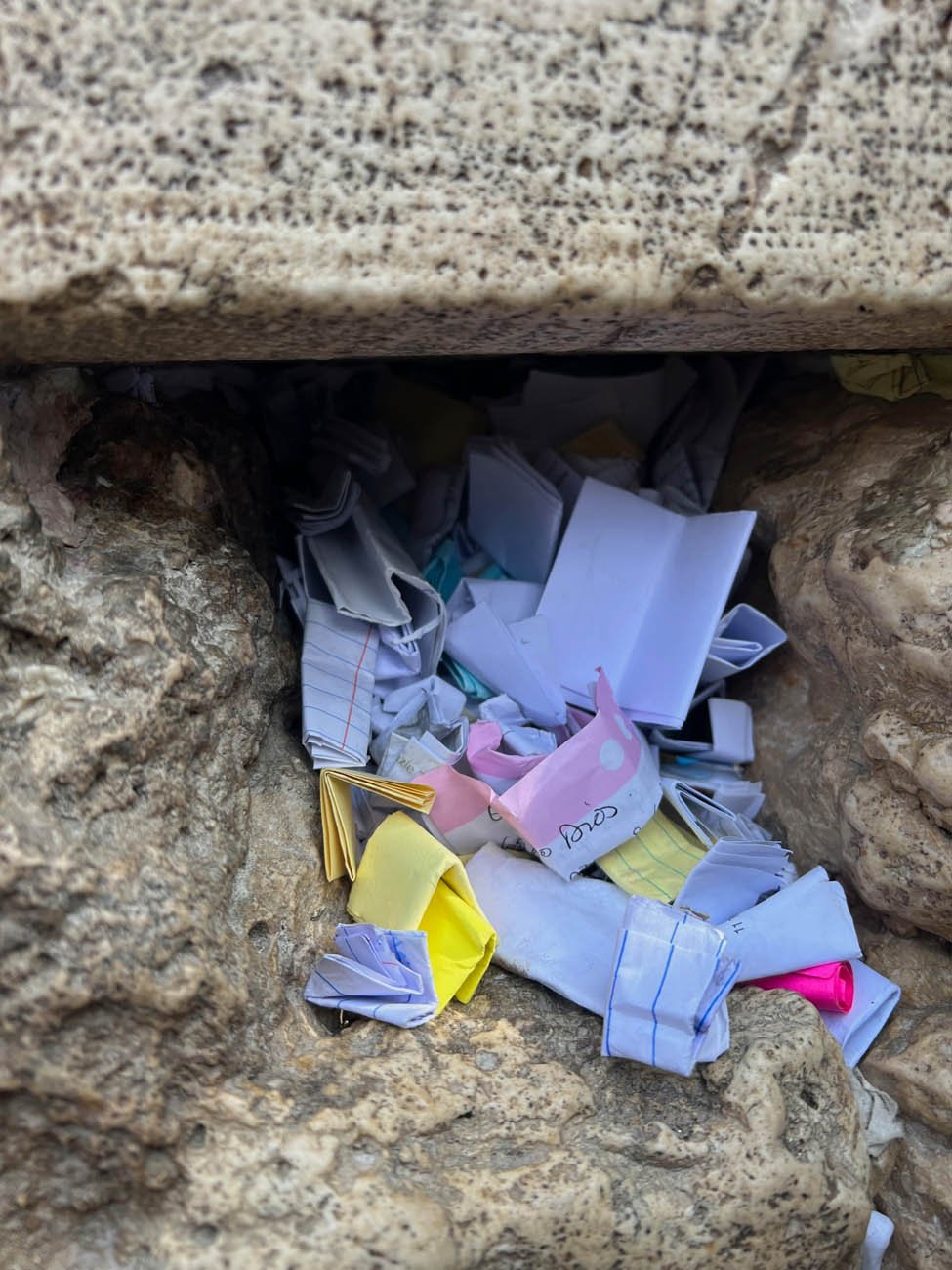
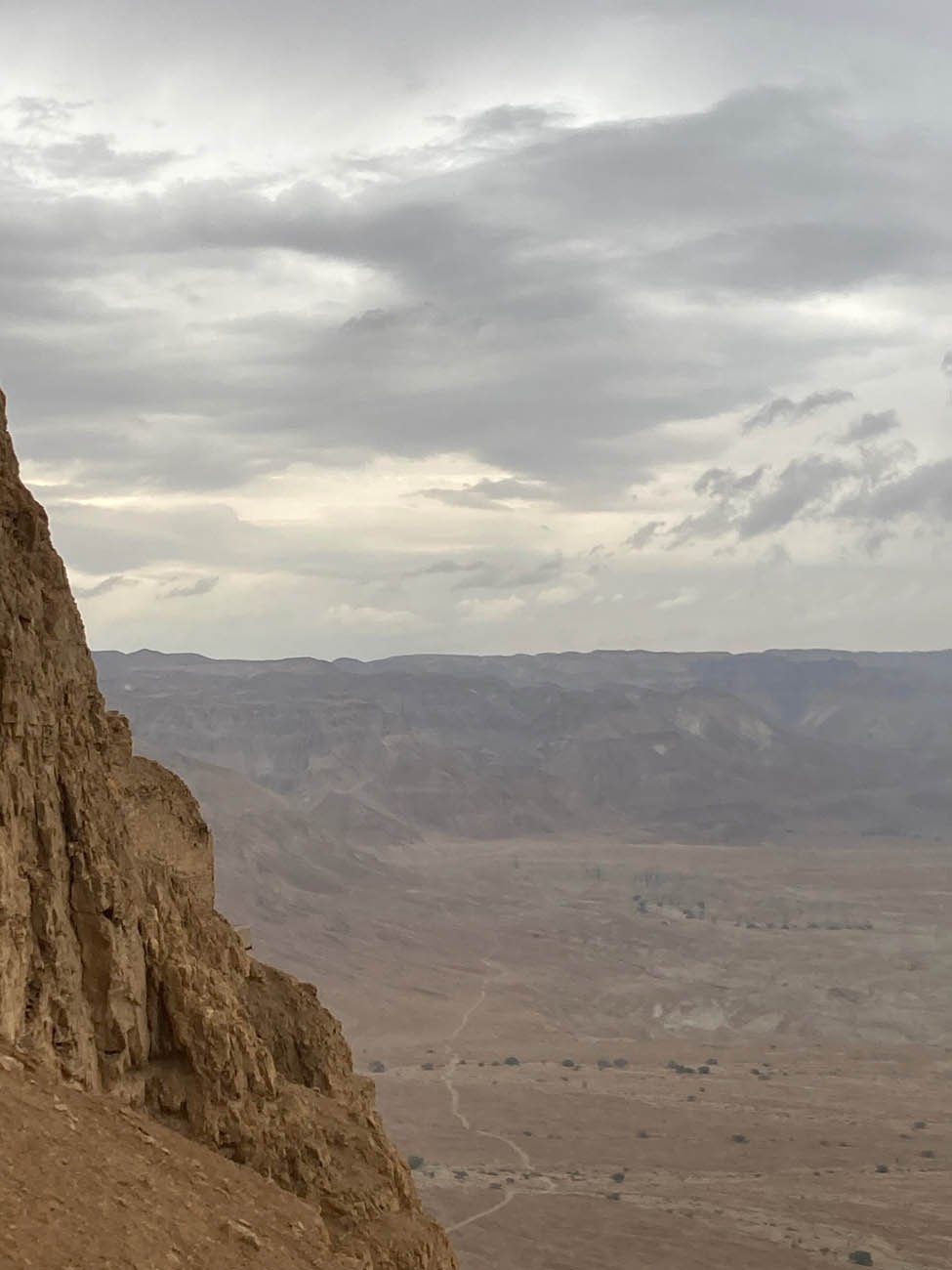
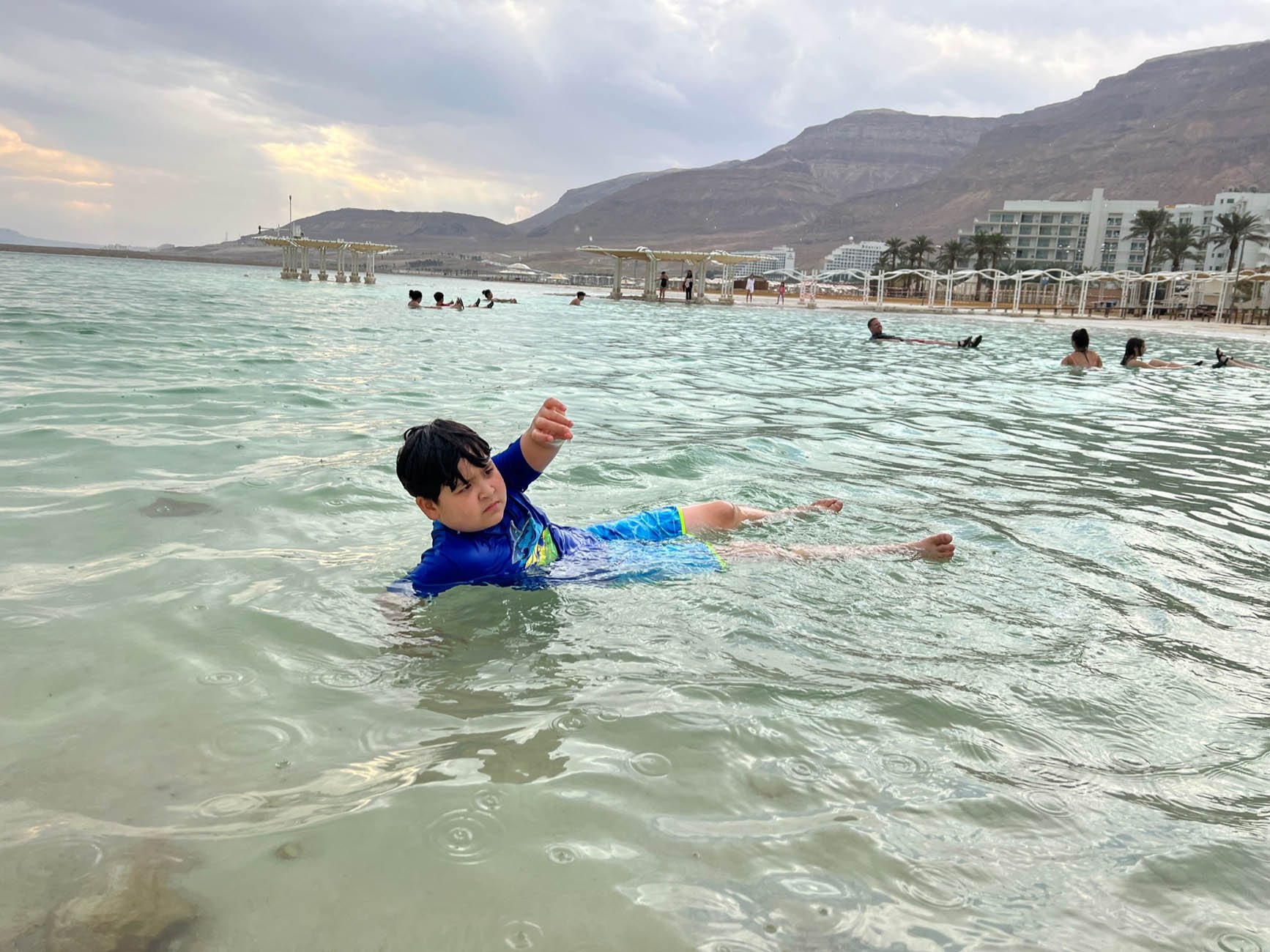
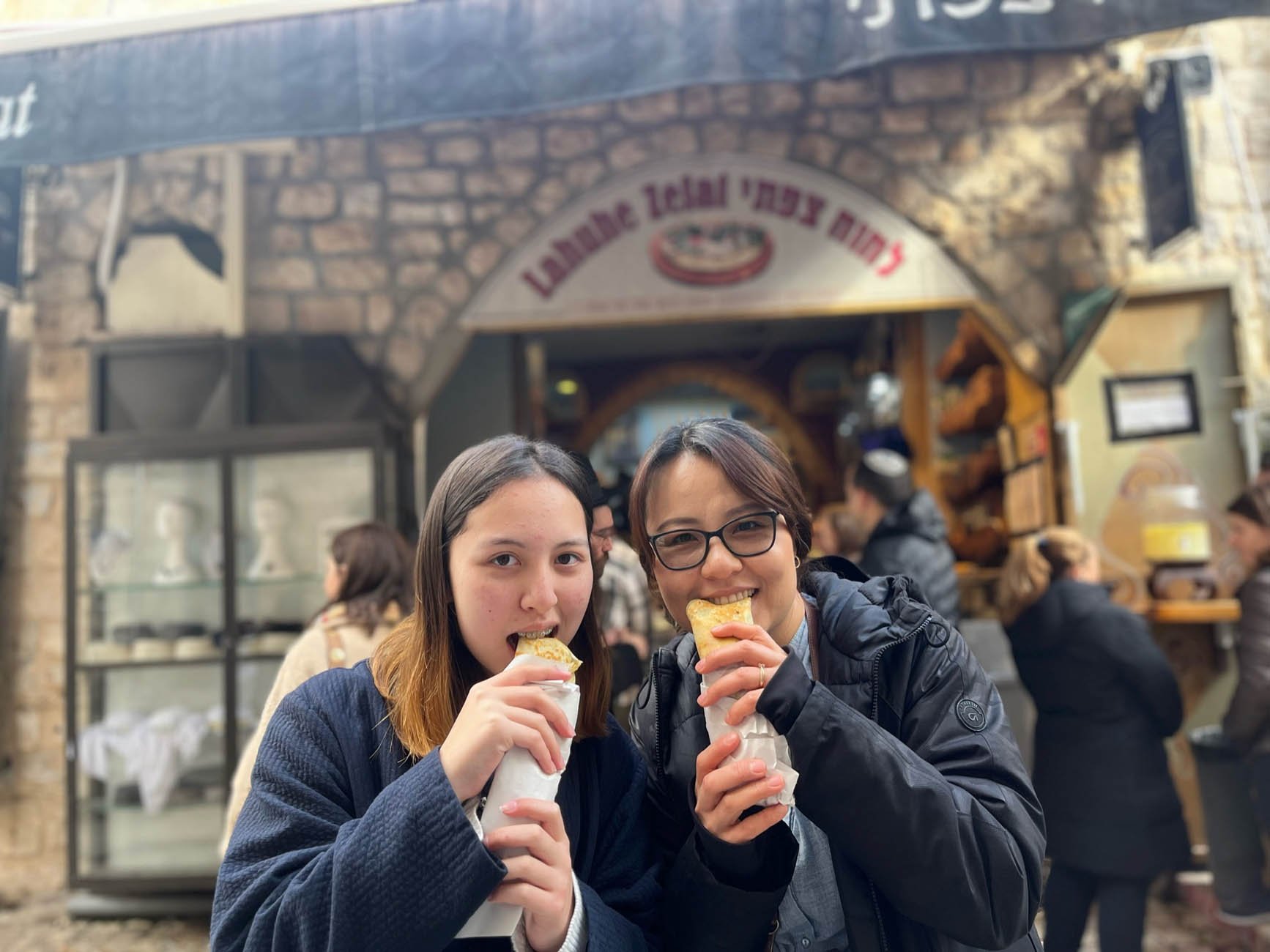
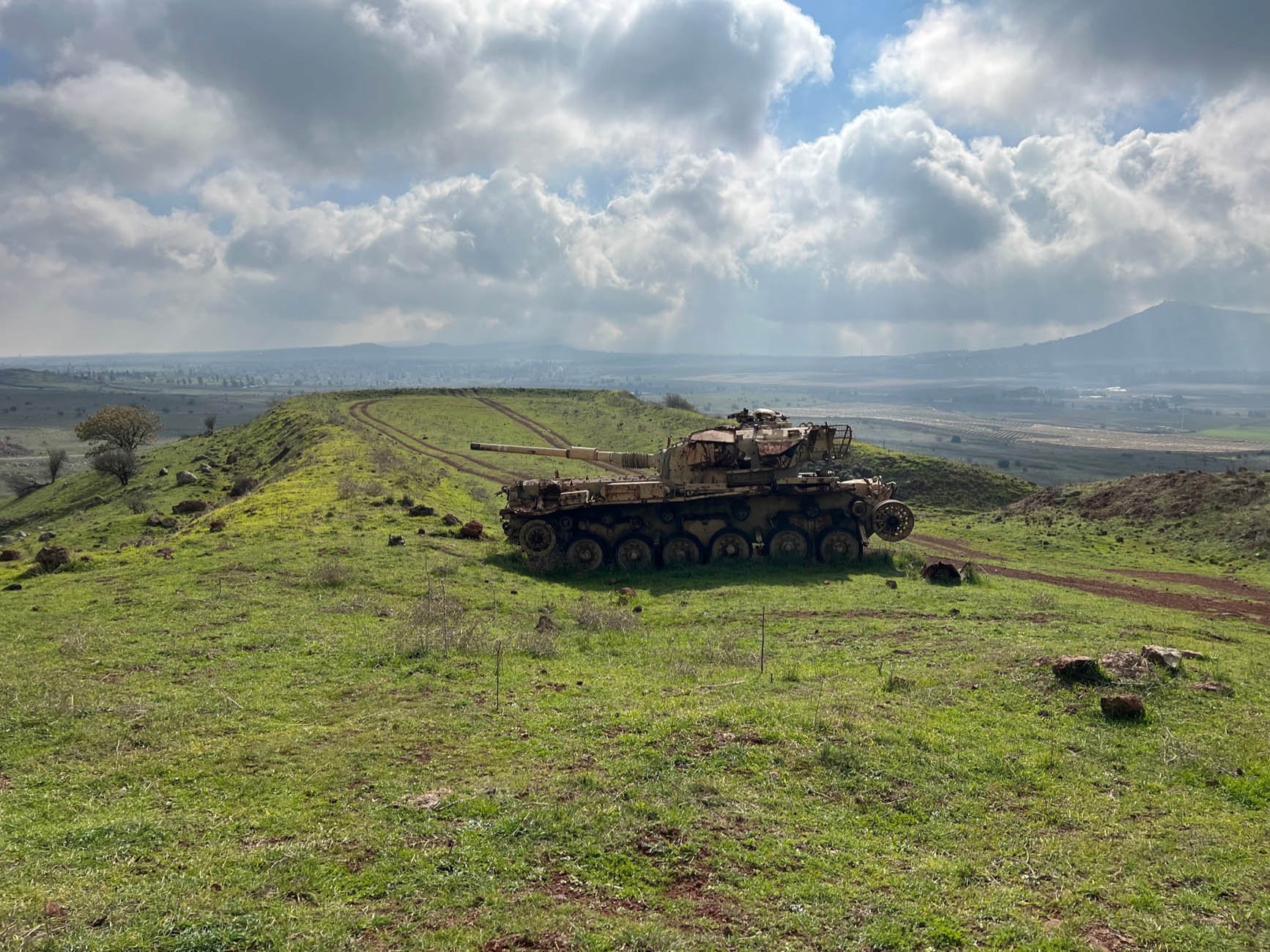


At the Church of the Holy Sepulchre in Jerusalem – considered one of the holiest sites in Christianity – the family observed the place where many believe Jesus Christ was crucified.
“Jerusalem has so much history, and to be there during that time [the holiday season], the Church of the Holy Sepulchre was packed,” Modell explained. “A lot of people touched that spot” where Jesus was placed after the crucifixion. “That was very interesting.”
He added, “Seeing the stairs and seeing how worn they were, how smooth they were from the sheer number of people that were there over years and years – you knew this was so important to so many people. And it was important to me, too.”
Modell’s wife, Misun, graduated from the Mount in 2022. As the family traveled through Israel, she was able to see in person what she had learned about in her religion courses.
“She was seeing things she had been studying and was making the connections,” said Modell. “She was able to shed light on a lot of things for us. It was a lot of fun to see her using her education in such a hands-on way.”
Even the hotels were an experience unto themselves: “Because it was Hanukkah, all of the hotels we stayed at had menorahs out for everyone to use,” Modell explained. “Everywhere we went, we didn’t have to bring our candles. If you need to light them, you just did wherever you were.”
In the end, the enriching 12-day journey was proof of the old adage “better late than never.” It’s an experience his entire family will look back with joy and wonder for the rest of their lives, Modell said.
Happy bat mitzvah, Manhattan!


